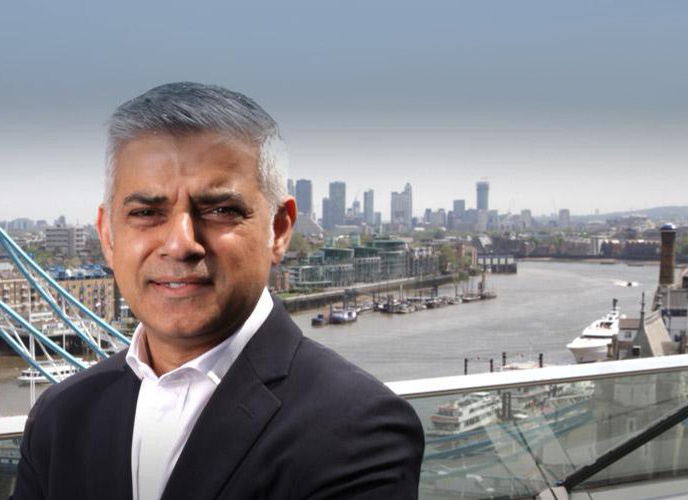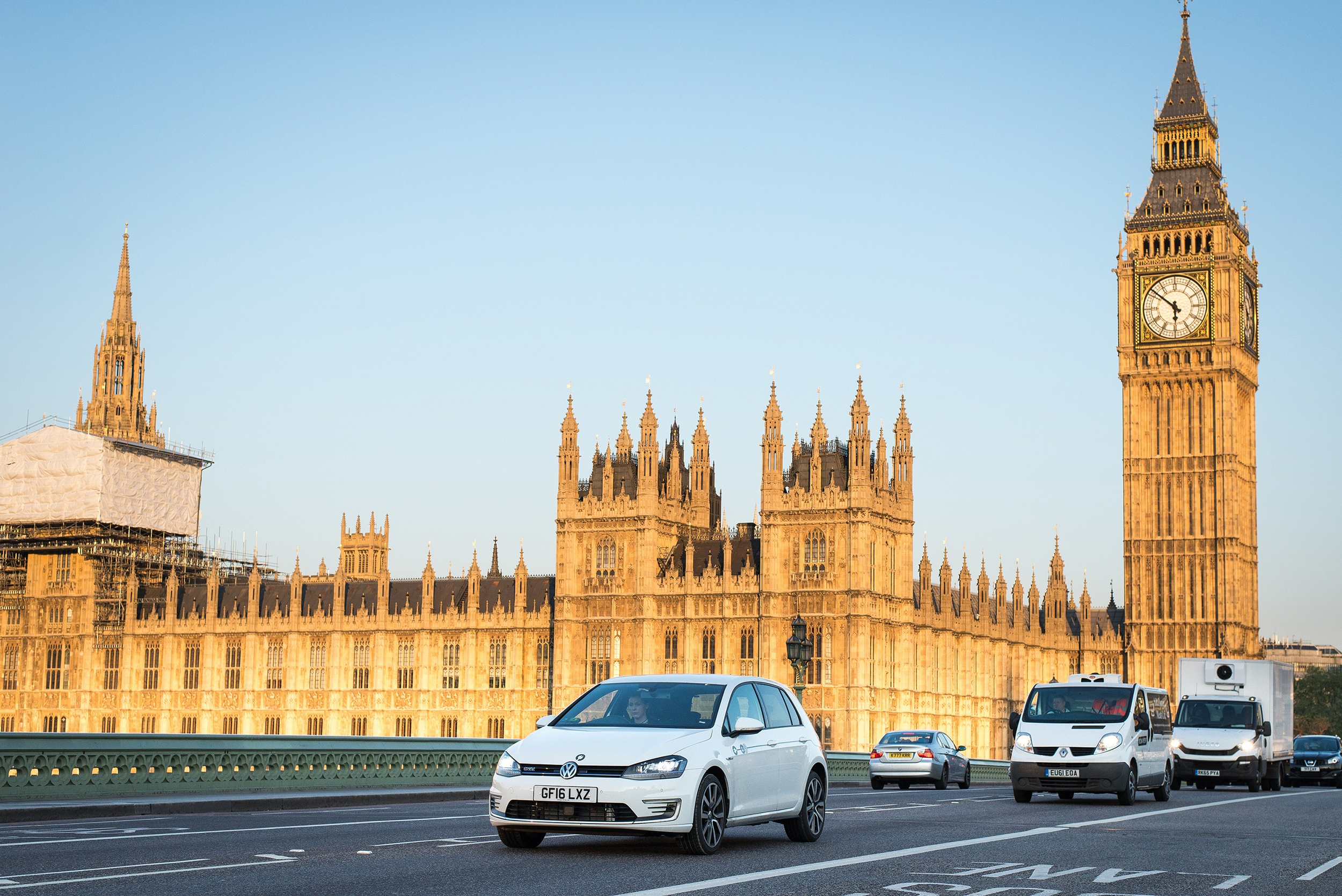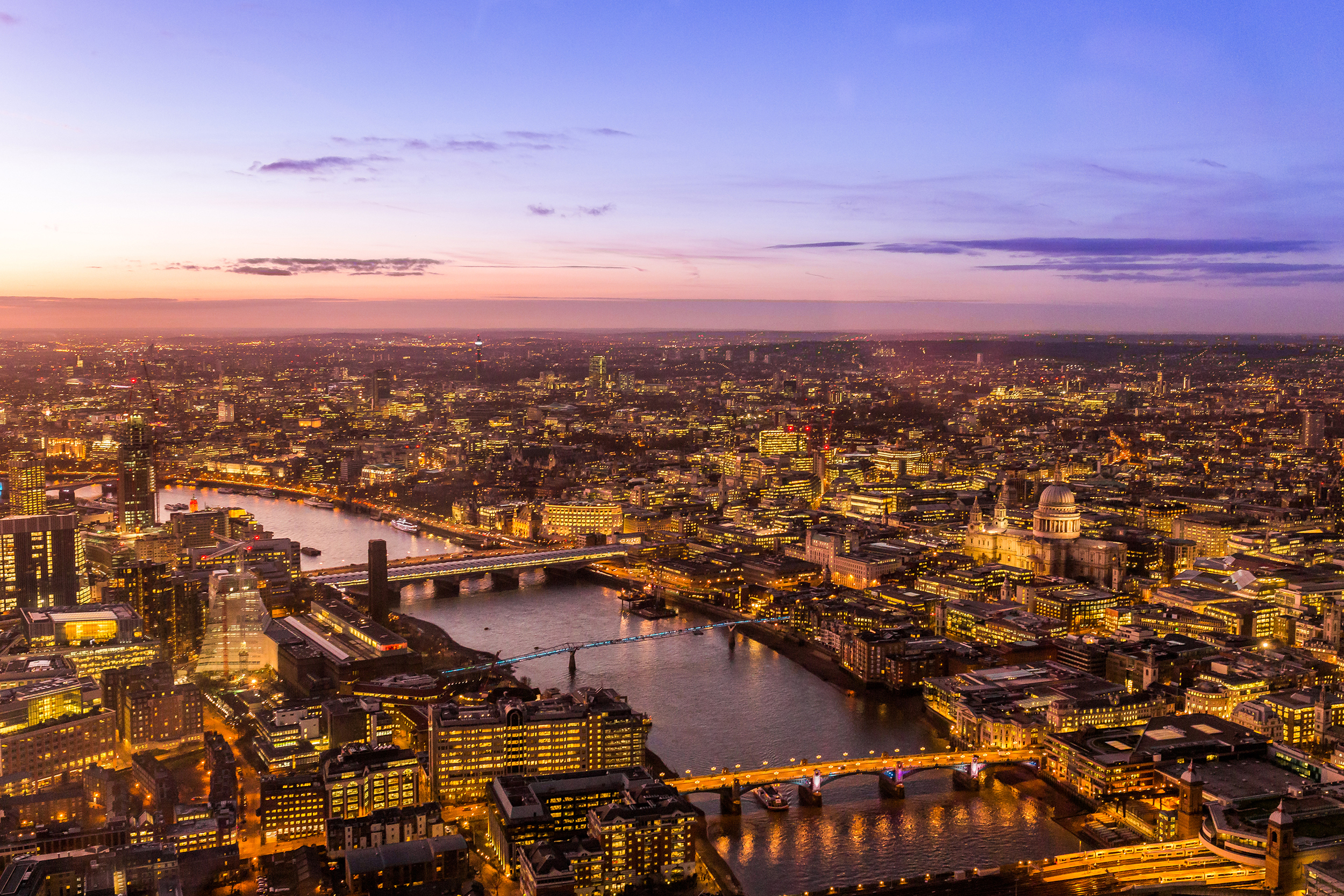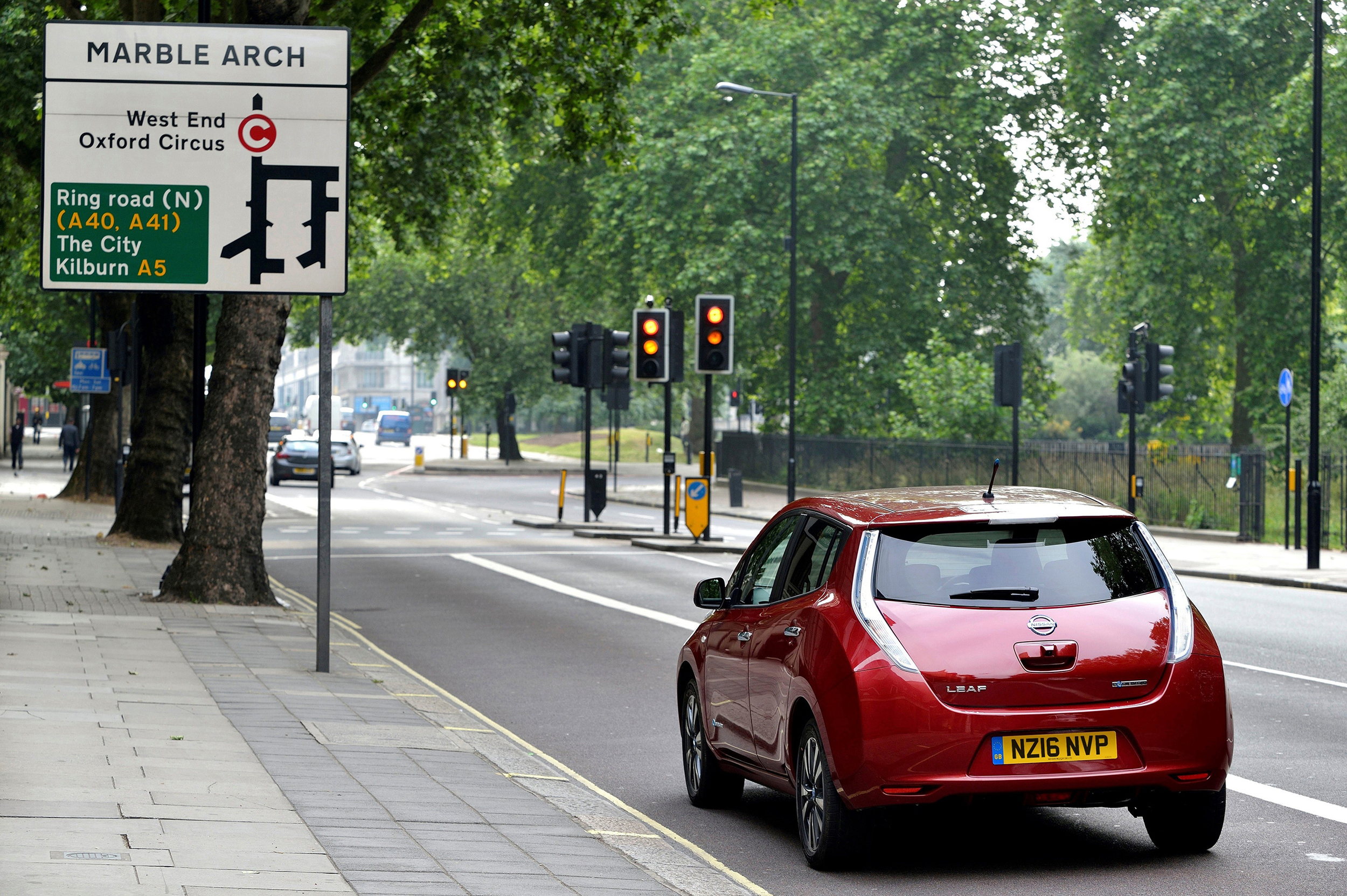




Mayor of London Sadiq Khan has launched plans for a crackdown on London’s most polluting vehicles - by adding a £10 charge for those entering central London.
Khan aims to deter the most polluting vehicles with the Toxicity Charge, dubbed the ‘T-charge’ - which could be implemented by 2017, as well as introducing the central London Ultra-Low Emission Zone one year earlier in 2019.
The T-charge would apply to all vehicles with pre-Euro 4 emission standards (broadly speaking those registered before 2005) and the extra £10 per day would be on top of the existing Congestion Charge.
The Mayor is asking Londoners for their views on his Clean Air Action plan. The public have until Friday 29th July 2016 to feed back on the first round of the consultation, further detailed consultation will take place later this year and some measures could be implemented as early as 2017.
According to the Mayor of London’s office, around 9,500 Londoners are dying from long-term exposure to air pollution every year with latest research revealing over 443 schools in the capital are in areas exceeding safe legal pollution levels. Khan wants to take urgent action to help end London's 'public health emergency' and clean up the capital’s filthy air.
Other key proposals include Extending the Ultra-Low Emission Zone (‘ULEZ’) beyond central London from 2020: for motorcycles, cars and vans, to the North and South Circular; and for lorries, buses and coaches London-wide. The Mayor also wants to look in to the idea of developing a detailed proposal for a national diesel scrappage scheme for the Government to implement, as well as bringing forward the requirement for all double–deck buses to be ULEZ-compliant in central London from 2020 to 2019. Other plans up for consultation include implementing clean bus corridors – tackling the worst pollution hotspots by delivering cleaner buses on the dirtiest routes.
On the 60th anniversary of the Clean Air Act, the Mayor delivered a keynote speech at the consultation launch and visited a Great Ormond Street Hospital specialist ward caring for children with a variety of respiratory conditions which are all adversely affected by poor air quality.
Sadiq Khan, said: “With nearly 10,000 people dying early every year in London due to exposure to air pollution, cleaning up London’s toxic air is now an issue of life and death. It is the 60th anniversary of the Clean Air Act of 1956, which was passed following the great London smogs of the 1950s. Just as in the 1950s, air pollution in London today is literally killing Londoners. But unlike the smoky pollution of the past, today’s pollution is a hidden killer.”
At Great Ormond Street Hospital the Mayor met Dr Colin Wallis, Consultant in Respiratory Paediatrics, who told him that many young patients live with respiratory conditions exacerbated by poor air quality conditions. To help address this the hospital has brought in a clean-air zone around the hospital’s vicinity encouraging staff, patients and families not to let their car engines idle, and to use low emission taxis and minicabs or walk or cycle wherever possible.
Dr Peter Steer, Chief Executive of Great Ormond Street Hospital for Children NHS Foundation Trust (GOSH), said: “The Mayor’s drive to clean up the capital’s air is fantastic news for our patients and staff. Children living in highly polluted areas are four times more likely to have reduced lung function in adulthood, yet improving air quality has been shown to halt and reverse this effect. When the UK’s most seriously ill children come to GOSH for our world class care, we want to ensure that they are not exposed to high levels of harmful pollution and so we are pleased improving London’s air quality is a priority for the Mayor.”
